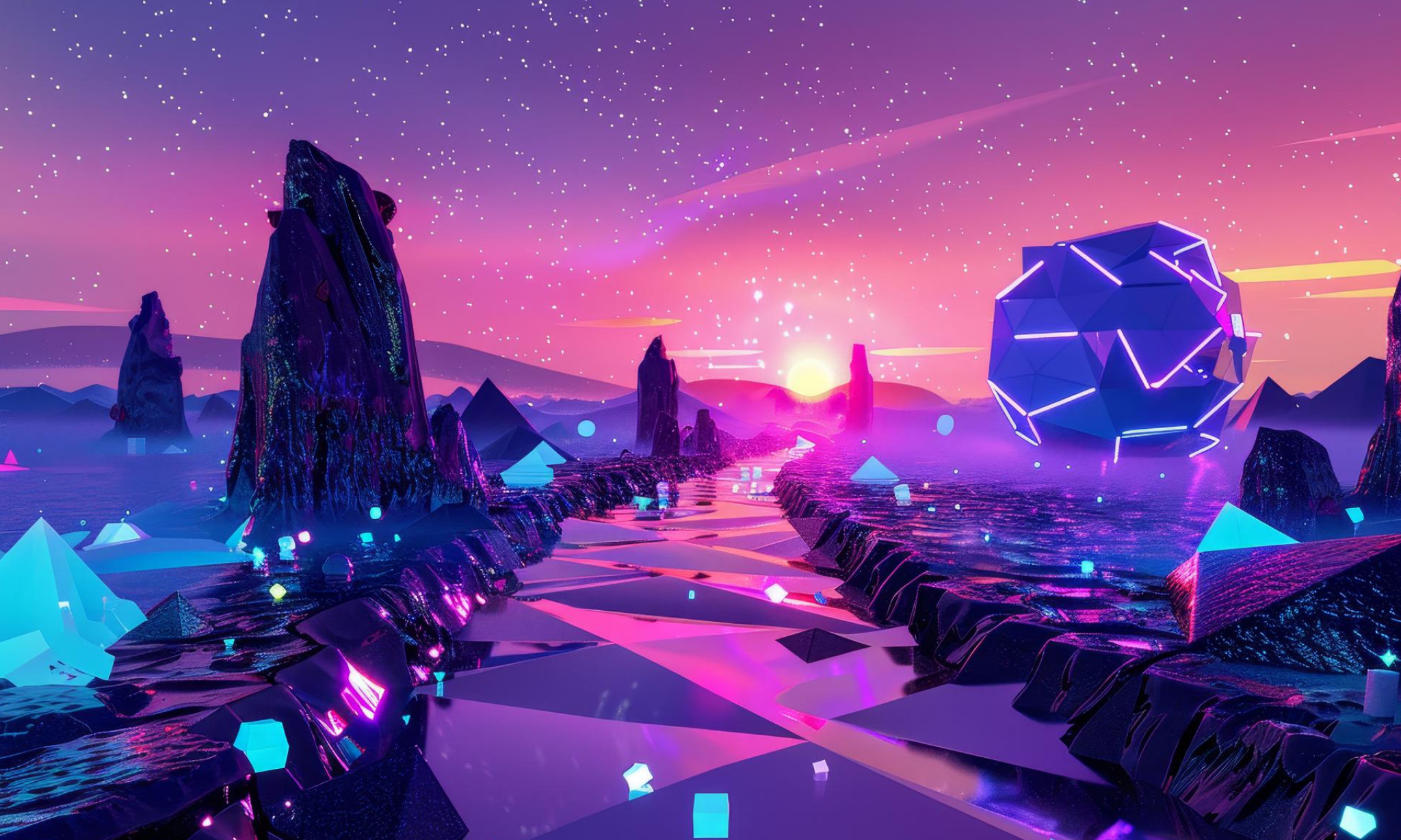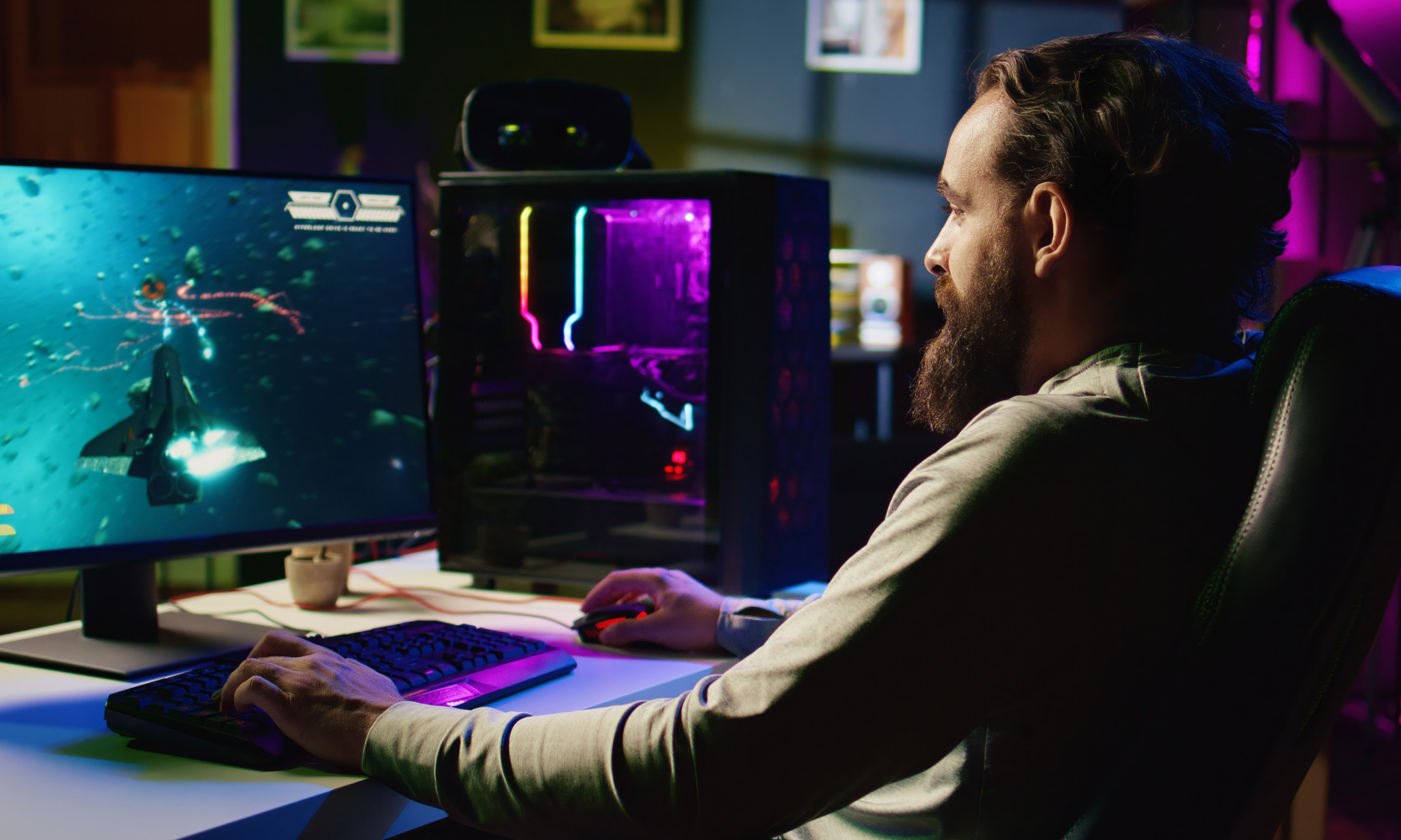If you’ve ever wondered how long does it take to make a video game, you’re not alone. Many aspiring creators, studios, and even players underestimate how much time it takes to turn a simple idea into a fully functional, engaging, and polished experience. From concept art and game design to coding and testing, every stage of game development demands significant effort and coordination.
For most game developers, time is both a resource and a challenge. Tight deadlines, limited budgets, and ambitious gameplay mechanics can stretch timelines from months to several years. Whether you’re looking to make a video game as an indie developer or plan a large-scale production, the time required depends on scope, tools, and experience.
In this comprehensive guide, we’ll break down every factor that affects development timelines. You’ll learn how professionals plan, produce, and release games efficiently and what separates a six-month mobile project from a five-year AAA masterpiece.



